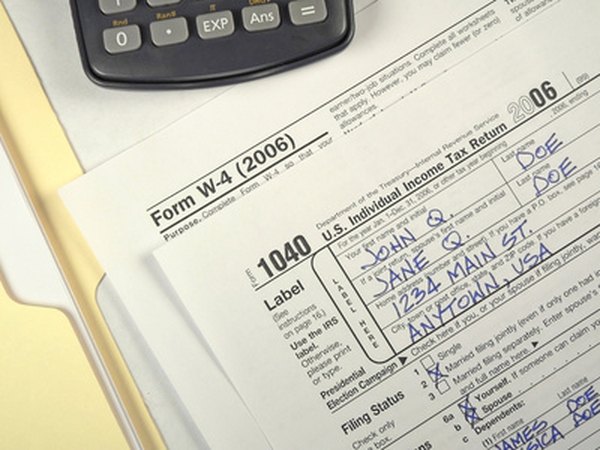How to Figure the Average Cost Basis After a Reverse Stock Split
Your basis determines whether you have a gain or a loss for tax purposes.
tax forms image by Chad McDermott from Fotolia.com
Reverse stock splits occur when the company reduces the number of outstanding shares by converting a specified number of old shares into one new share. For example, a company might exchange three old shares for one new share. As a result, the price per share will go up. A reverse stock split isn't a taxable event because the value of what you own doesn't change. For example, if you own 10 percent of the shares of the company before the reverse split, you'll still own 10 percent of the shares of the company after. However, knowing your average basis per share will help you determine whether you're making a profit when you sell the stock.
Calculate your original basis for all of the shares you purchased, including commissions, by multiplying the number of shares purchased by the price per share. For example, if you paid $20 per share for 100 shares, multiply $20 by 100 to get $2,000.
Add the commission paid to figure your total basis in the stocks. In this example, if you paid a $10 commission, add $10 to $2,000 to get $2,010.
Calculate the number of shares you have after the reverse stock split by dividing the number of shares you originally owned by the number of old shares that are equal to one new share. Continuing the example, if the company performed a 1-for-5 reverse stock split, divide the original 100 shares by 5 to get 20 new shares.
Divide the total basis by the number of shares you have after the stock split to calculate the average cost basis. Finishing this example, divide your $2010 basis by your 20 new shares to find your average cost basis per share is $100.50.
References
Writer Bio
Based in the Kansas City area, Mike specializes in personal finance and business topics. He has been writing since 2009 and has been published by "Quicken," "TurboTax," and "The Motley Fool."

